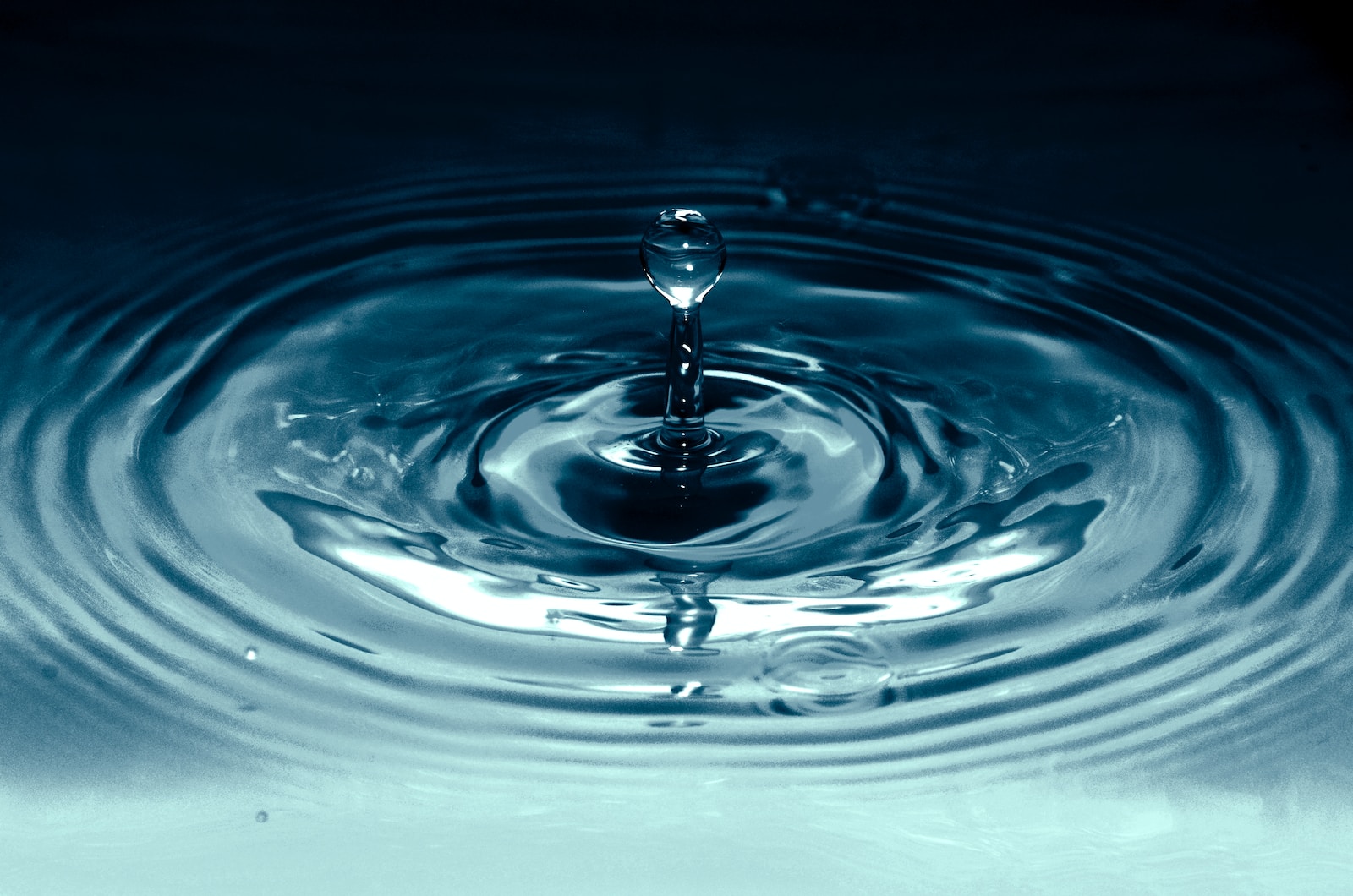Welcome to our blog, where we delve into the intricate world of color correction in photography. In this in-depth exploration, we will guide you through the concept, significance, and techniques of color correction in post-processing. Whether you’re a professional photographer looking to enhance your skills or an enthusiast curious about the art of color correction, we’ve got you covered. Get ready to unlock your potential and take your photography to the next level.
Table of Contents
- Understanding Color Theory
- The Role of Color Correction in Professional Photography
- Understanding Histograms and Exposing Correctly
- White Balance Adjustment Techniques
- Curves and Levels Adjustments
- Selective Color Correction and Color Grading
- Using Plugins and Presets
- Tips and Tricks from Professional Photographers
- Staying Consistent with Color Profiles
- Embracing Creativity through Color Correction
- The Benefits of Color Correction
- Frequently Asked Questions
- Wrap Up
Understanding Color Theory
Before we dive into the techniques, let’s take a moment to understand the fundamental principles of color theory. By familiarizing yourself with the color wheel and how different colors interact, you can effectively manipulate the hues in your photographs.
Did you know that colors can evoke certain emotions and moods? Discover how color psychology plays a vital role in photography and how you can use it to create powerful and impactful visual narratives.
The Role of Color Correction in Professional Photography
For professional photographers, color correction is more than just a creative choice – it’s a necessary step in delivering high-quality images to clients. Learn why color accuracy, consistency, and attention to detail are crucial in the world of professional photography.
Understanding Histograms and Exposing Correctly
Mastering exposure is the foundation of color correction. We’ll explore how histograms can help you analyze and tweak your images’ tonal values, ensuring accurate exposure that serves as a solid base for subsequent color adjustments.
White Balance Adjustment Techniques
White balance is essential for accurate color reproduction. Discover various methods to adjust white balance effectively, whether you’re shooting indoors, outdoors, or dealing with mixed lighting conditions.
Curves and Levels Adjustments
Unleash the power of curves and levels to fine-tune the tonal and color values in your photographs. Explore different ways to manipulate highlights, shadows, and midtones for a professional and balanced look.
Selective Color Correction and Color Grading
Learn how to target specific colors and make selective adjustments to achieve the desired look you envision. Additionally, dive into the artistic realm of color grading to add subtle or dramatic effects and stylize your images.
Using Plugins and Presets
Discover the world of plugins and presets that can streamline your color correction workflow. Whether you prefer ready-made presets or customizing your adjustments, these tools can save you time and enhance your creative output.
Tips and Tricks from Professional Photographers
Get insights from experienced photographers who have mastered the art of color correction. Discover their professional secrets, workflow tips, and techniques that can take your post-processing skills to new heights.
Staying Consistent with Color Profiles
Learn how to maintain color consistency when working across different devices, printers, and online platforms. We’ll explore color management techniques to ensure your final images look how you intended, no matter where they are viewed.
Interesting Fact: Did you know that the study of color, known as chromatics, has been around for thousands of years? Ancient Greek philosophers like Aristotle were among the first to theorize about color and its properties.
Embracing Creativity through Color Correction
Color correction isn’t just about correcting mistakes; it’s about unleashing your creative vision. Discover how you can use color correction techniques to enhance visual storytelling, evoke emotions, and leave a lasting impact on your viewers.
The Benefits of Color Correction
Imagine this: you’re a talented photographer who has just finished a photoshoot. The lighting was perfect, the composition was spot-on, and you were feeling pretty confident about the outcome. But when you start going through the images, you notice that the colors are a bit off. The whites look dull, the blues are too vibrant, and the skin tones are completely distorted. Your heart sinks, and you start to doubt your skills as a photographer.
This was the exact experience that Stephanie, a professional photographer, had during one of her recent shoots. She had spent hours capturing stunning images of a picturesque landscape, only to find that the colors didn’t accurately represent the beauty she had witnessed in person. Frustrated and disappointed, Stephanie knew she had to find a solution.
The Journey to Discovering Color Correction
Stephanie embarked on a quest to unlock the art of color correction in photography. She began researching different post-processing techniques and learning about the significance of color correction. What she discovered was truly transformative.
Color correction, as it turns out, is not only about fixing mistakes or adjusting colors to make them look more pleasing to the eye. It goes much deeper than that. Color correction allows photographers to convey the emotions they experienced while taking the photo, to recreate the moment as accurately as possible, and to enhance the overall visual impact of their images.
The Significance of Color Correction
In the world of photography, colors play a crucial role in storytelling. They evoke certain moods and emotions, and they have the power to transport viewers into a different reality. Color correction helps photographers achieve their desired visual narrative by fine-tuning the colors to match their original intent.
By adjusting the color temperature, saturation, and tonal balance, photographers can create a more cohesive and harmonious image. They can correct any inaccuracies that occurred during the photoshoot or add creative touches to enhance specific elements. Color correction truly is an art form that unlocks endless possibilities for photographers.
Unleashing the Power of Color Correction Techniques
Stephanie, armed with newfound knowledge, began applying various color correction techniques to her images. She experimented with tonal curves, white balance adjustments, and selective color corrections. The results were astounding. Her images came to life, capturing the essence of the scene with breathtaking accuracy.
Through trial and error, Stephanie discovered the importance of using the right tools and software for color correction. She also learned the significance of working on a calibrated monitor to ensure accurate color representation. Armed with this knowledge, she was able to elevate her photography to a whole new level.
The Final Takeaway: Color Correction as an Essential Skill
Color correction is not just a post-processing technique; it’s an essential skill for any professional photographer. Understanding the concept, significance, and techniques of color correction allows you to unlock the true potential of your images and communicate your vision to viewers.
If you want to take your photography to the next level and truly capture the beauty of the world around you, don’t underestimate the power of color correction. Embrace this art form, explore different techniques, and let your creativity shine through.
Frequently Asked Questions
What is color correction in photography?
Color correction in photography refers to the process of adjusting and enhancing the colors in an image during post-processing to achieve a desired look or correct any color-related issues.
Why is color correction important in photography?
Color correction plays a crucial role in photography as it can greatly impact the overall mood, atmosphere, and aesthetic of an image. By correcting colors, photographers can enhance the visual impact of their photographs and communicate their intended message effectively.
What are the common color correction techniques used by photographers?
There are various color correction techniques used by photographers, including adjusting white balance, tweaking color temperature, manipulating hue and saturation levels, and utilizing tools like curves and color balance in post-processing software.
How can color correction improve the final outcome of a photograph?
Color correction can improve the final outcome of a photograph by bringing out the true colors, enhancing details, improving the overall balance of tones, and creating a visually appealing and cohesive look. It allows photographers to create a specific mood or evoke certain emotions through the use of color.
What are some effective color correction tips for photographers?
Some effective color correction tips for photographers include shooting in RAW format for more flexibility in post-processing, using reference images or color palettes for inspiration and guidance, understanding the color wheel and complementary colors, and experimenting with different adjustments to find the desired look.
Wrap Up
Color correction is an essential skill that every professional photographer should master. By understanding the concept, significance, and various techniques of color correction in post-processing, you can elevate your images to new heights.
Remember to start with an accurate white balance, adjust exposure and contrast, and then make targeted adjustments to individual colors. Experiment with different techniques, such as using adjustment layers, masking, and blending modes, to achieve the desired results.
Unlock the true potential of your photographs by exploring the art of color correction and enhancing the visual impact of your images. Incorporate these techniques into your post-processing workflow and watch your photos come to life.
Do you have any color correction tips or techniques that you find particularly effective? Feel free to share your thoughts and experiences in the comments below. Let’s continue the conversation and help each other grow as photographers!



